In the foreground, we see 3 dead saints on the ground and we know this because they have halos, there’s another saintly personage getting crushed, I was going to say to death but I feel he’s already a gonner (or at least I hope he is) and then in the background are heaps of cadavers and a burning ship with a cross that you can just about make out through the flames.
Many of the frescoes have similar scenes of genocide in the background which I think is meant to suggest the huge number of Christians that fell foul to the pagan regime and the number that were giving their lives for the cause during the Catholic Revival. It’s propaganda folks, but not as we know it.
But to the four in the foreground. The three on the grass in a nice neat row are Saints John, Paul and Bibiana. They have been intertwined apocryphally for centuries but the story of Bibiana is actually separate to that of John and Paul.
John and Paul, however, share a hagiography. These two saints were brothers and officers of the Roman army in the days of the first Christian Emperor, Constantine. They happily served in his daughter’s house until both she and her father died and Julian became Emperor. Julian returned to the cult of idols and paganism. Sigh!
Emperor Julian asked John and Paul to return to active service, they said ‘no thanks’ and they were decapitated secretly in their own garden to avoid an outrage. Julian then instigated a rumour that they had been exiled which didn’t go down too well because pagans started to get possessed by demons. When the son of their murderer was also possessed, the soldier went and prayed at their tomb at which point the demons fled his son’s body and he subsequently and unsurprisingly converted to Christianity, and wrote the story. Hurrah!
So who actually noticed that their heads have been severed from their bodies???


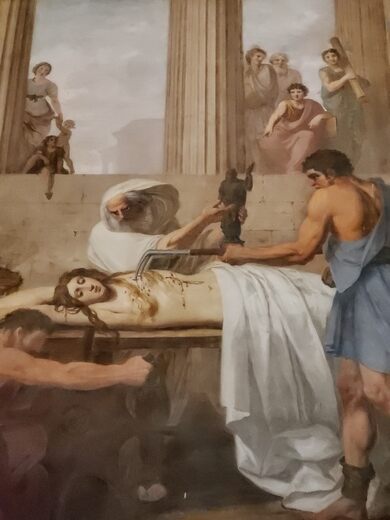
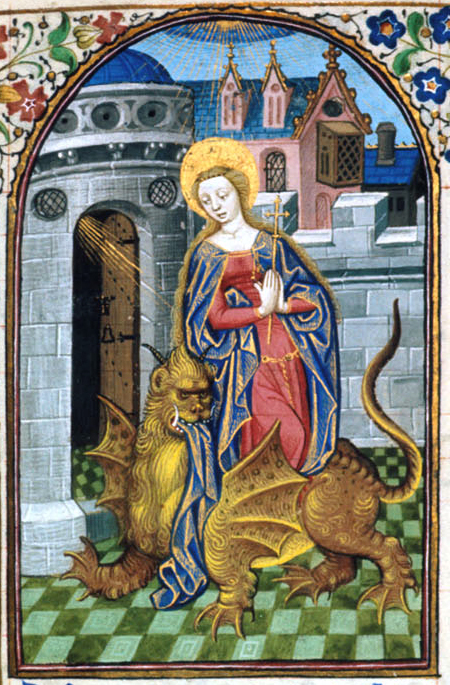
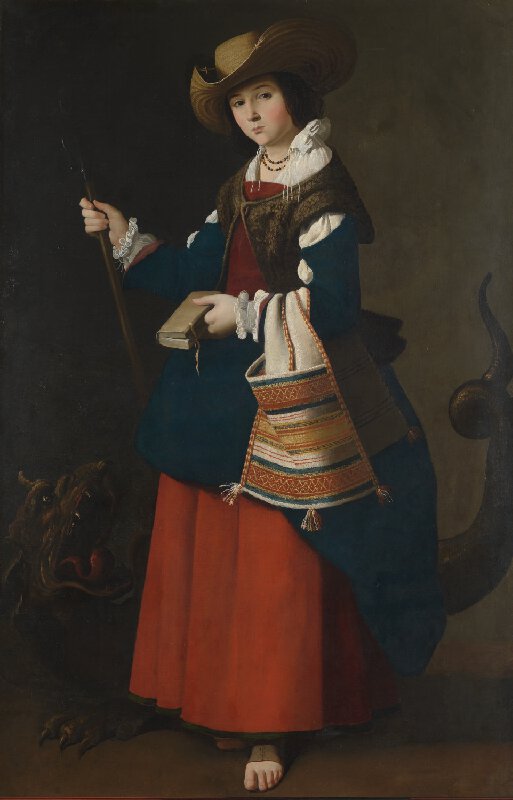
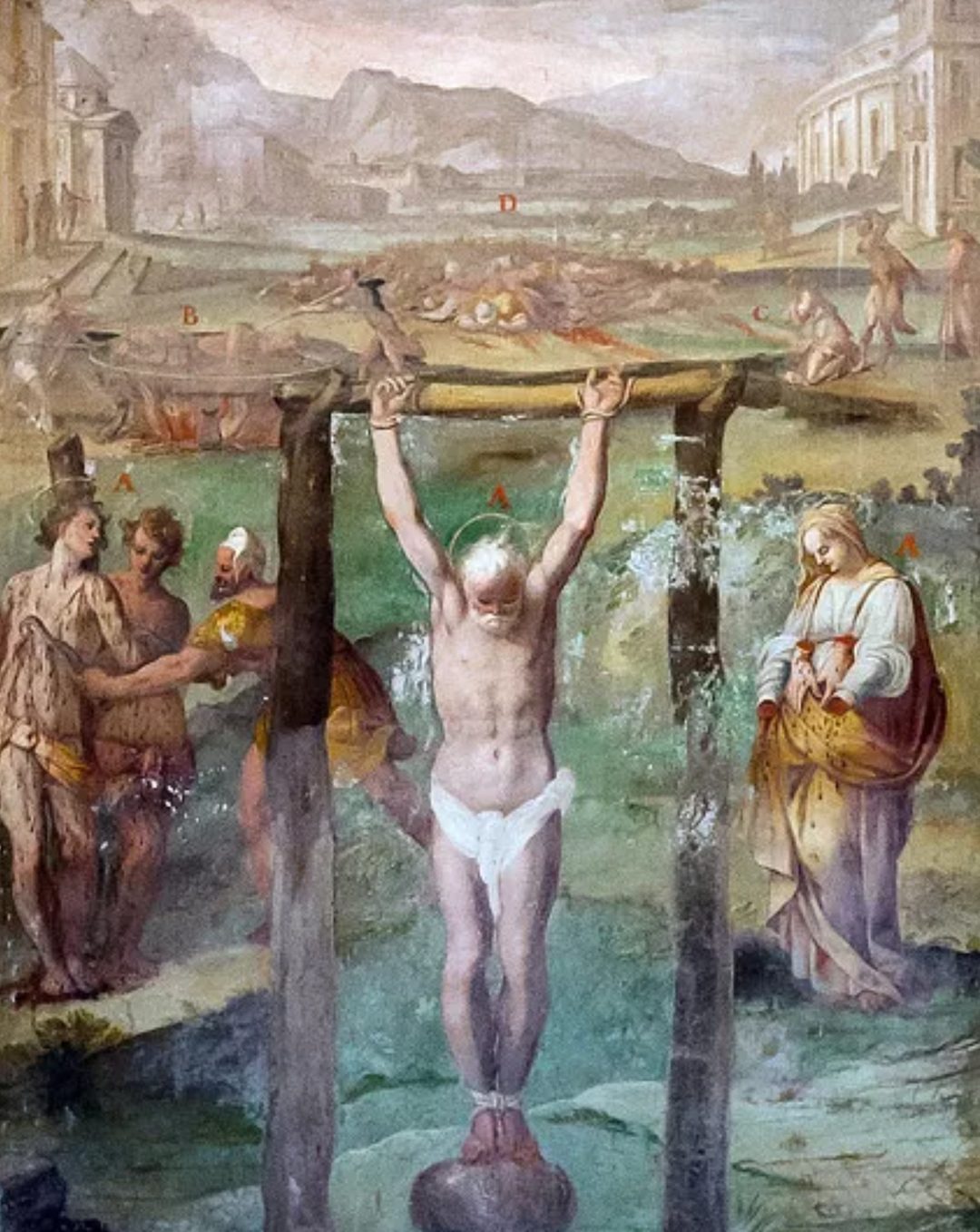


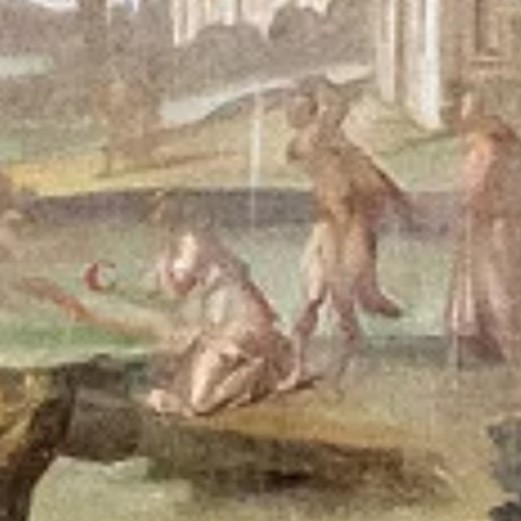

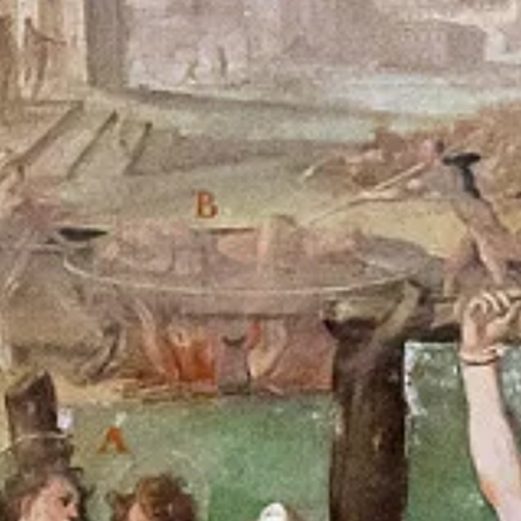
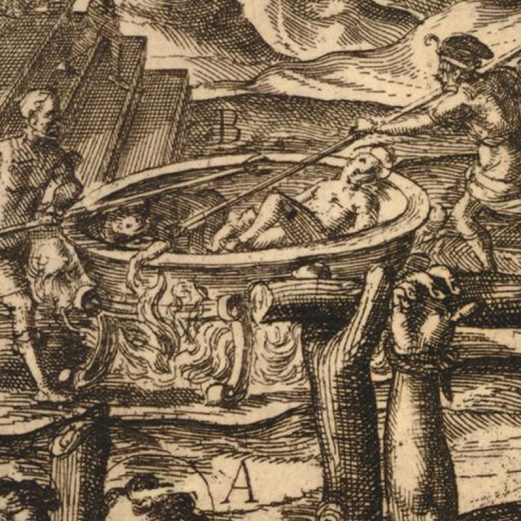
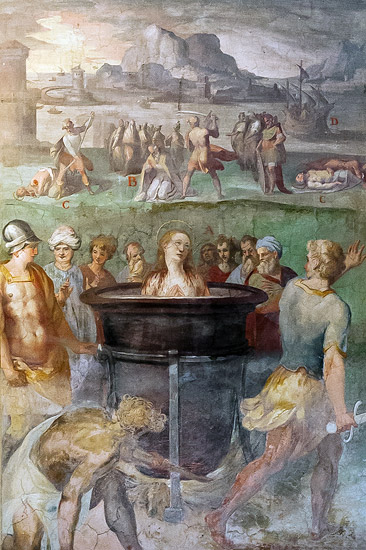
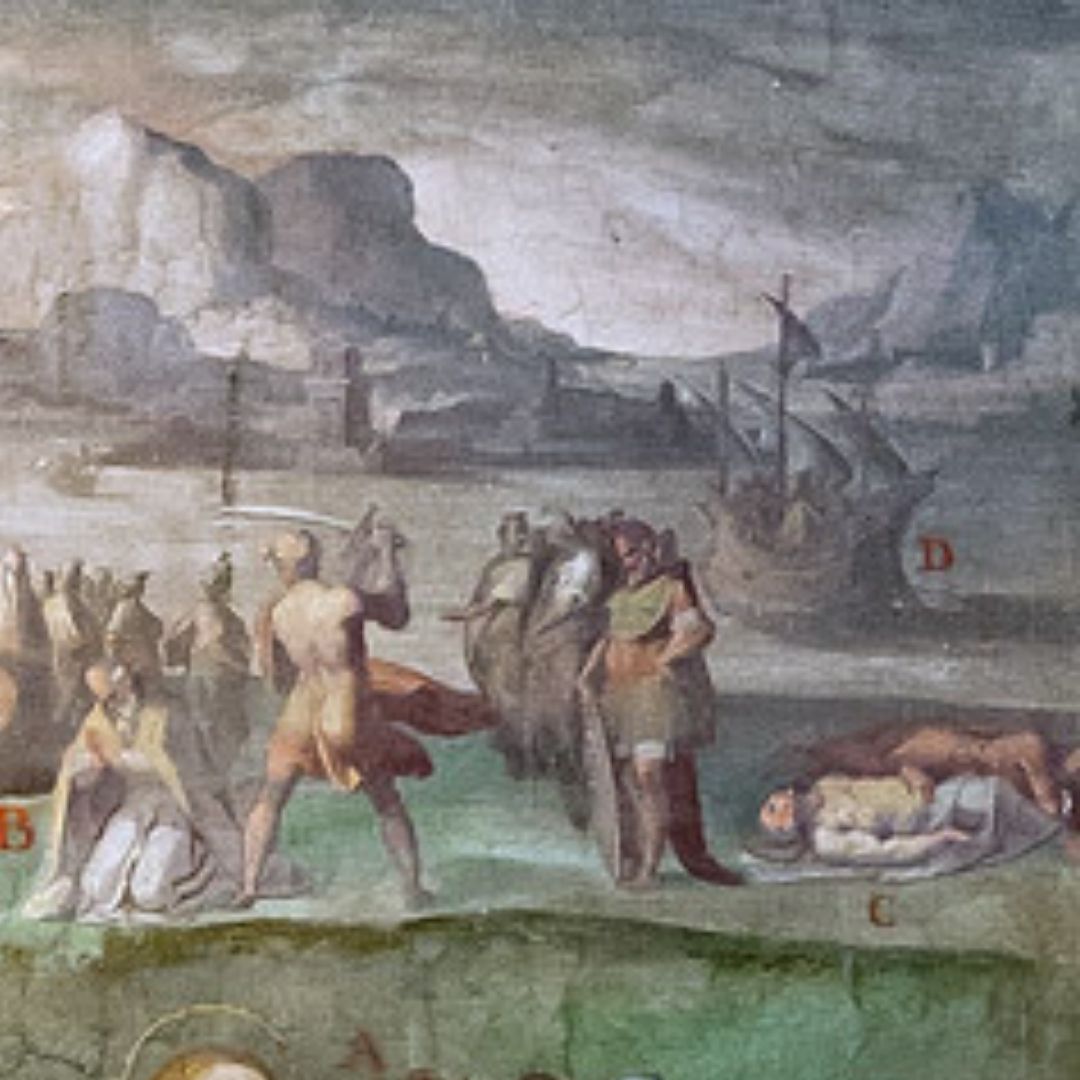



Recent Comments